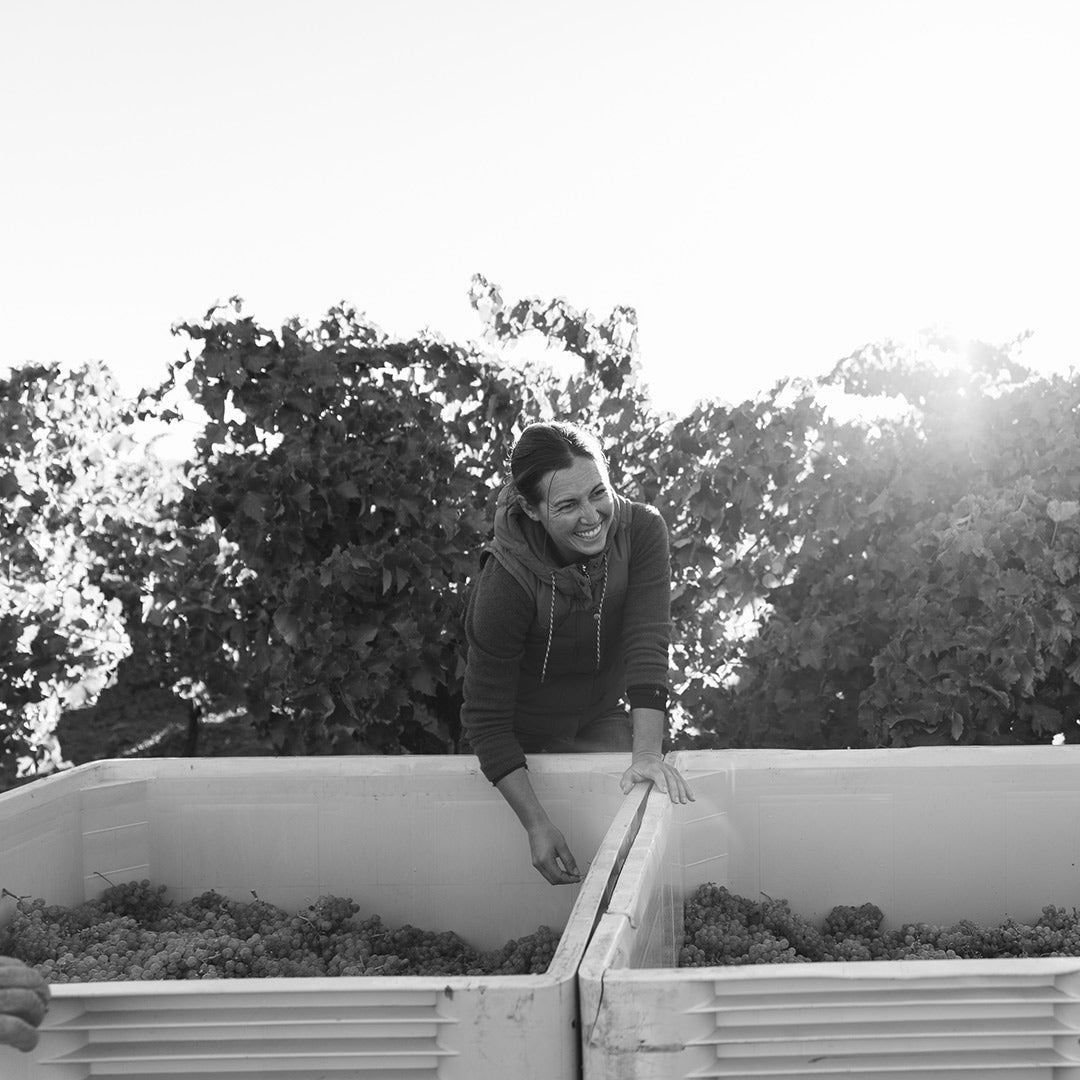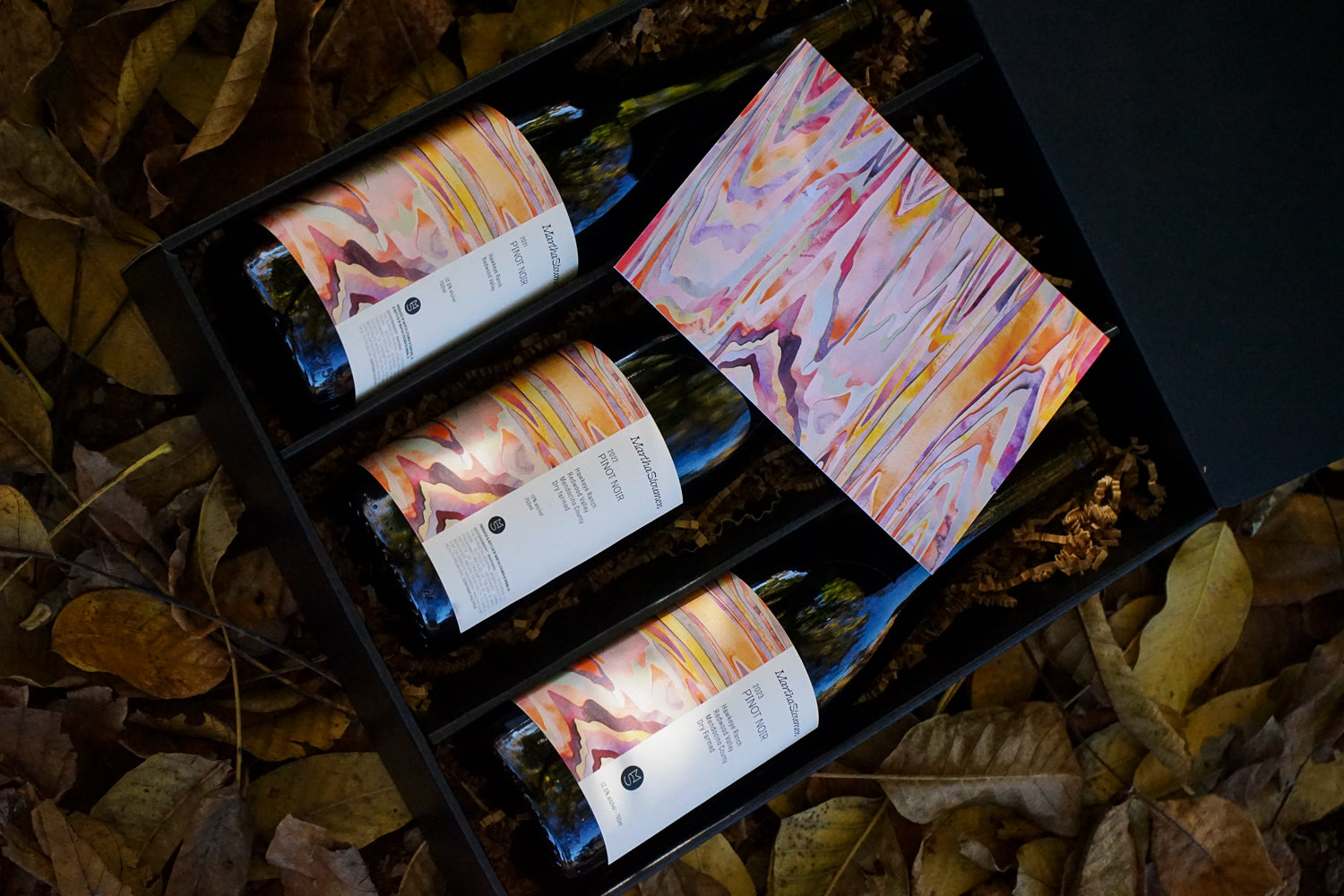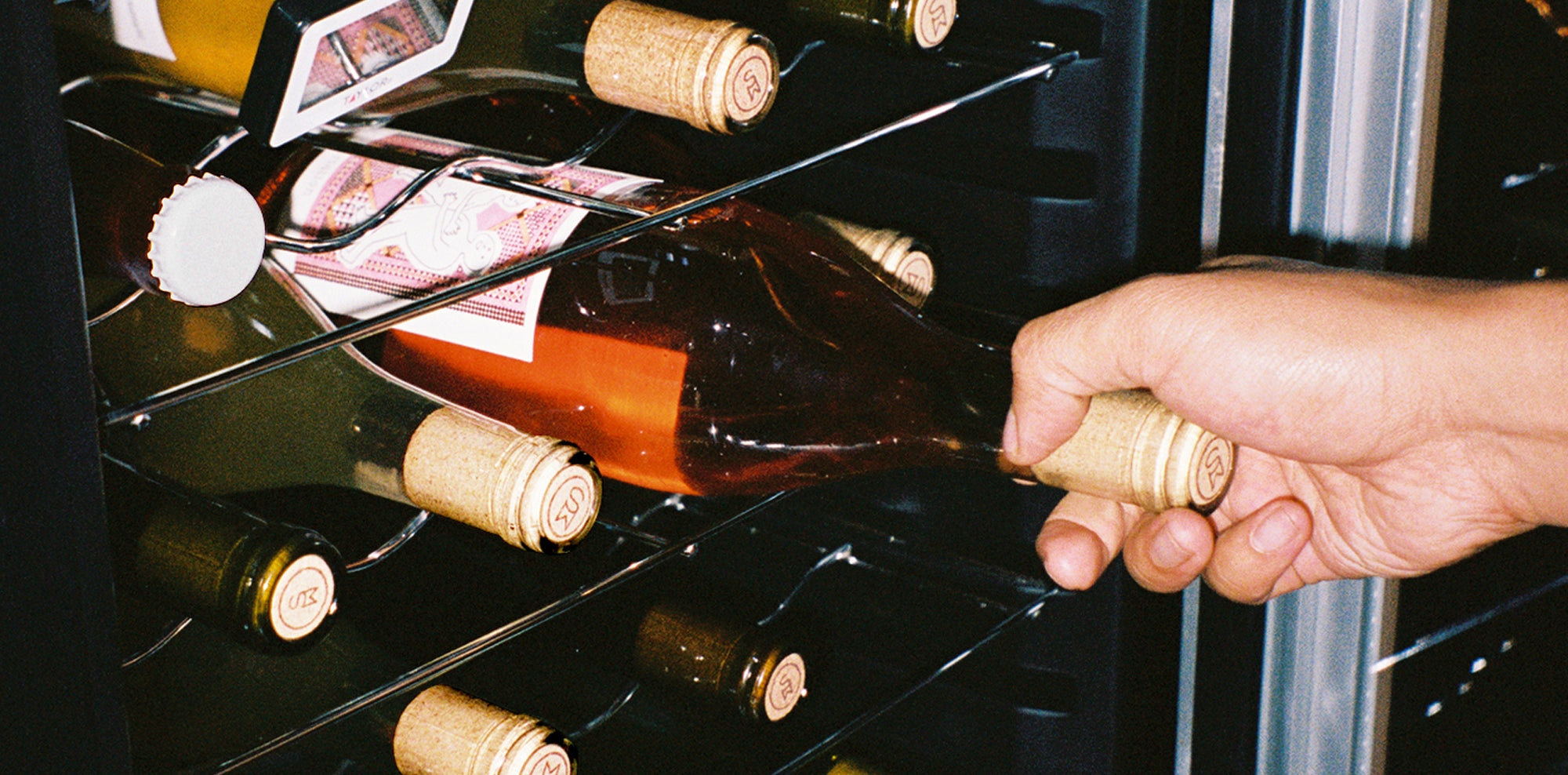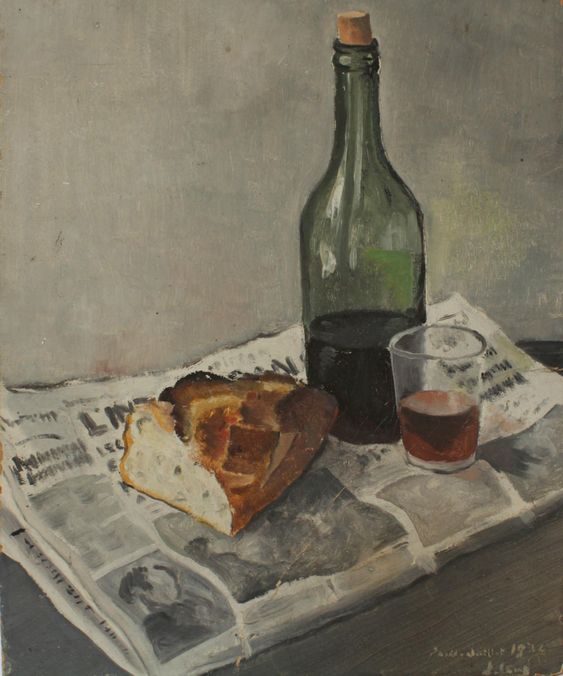This is part one of a six part series. You can click through to part two at the end of this post.
–
Making wine begins with the question: how does a winemaker get from Point A (grape) to Point B (glass) and have any clue what point B is going to look like?
There are two basic approaches to answering that question: control over nature and working with nature. In industrialized, conventional viticulture, the winemaker controls the entire path from Point A to Point B. Point B is the time at which a wine is put into a bottle, and enough preservatives have been added that it is expected to remain frozen in time. The natural winemaker, on the other hand, allows Point B to become determined throughout the winemaking process. We know that we might get close to understanding Point B, but ultimately, wine is a living product that, once bottled, exists in the world beyond us. Point B becomes a point in time when a consumer opens up a bottle and enjoys it. In fact, Point B is many different points in time that exist long after the winemaker is out of the picture.
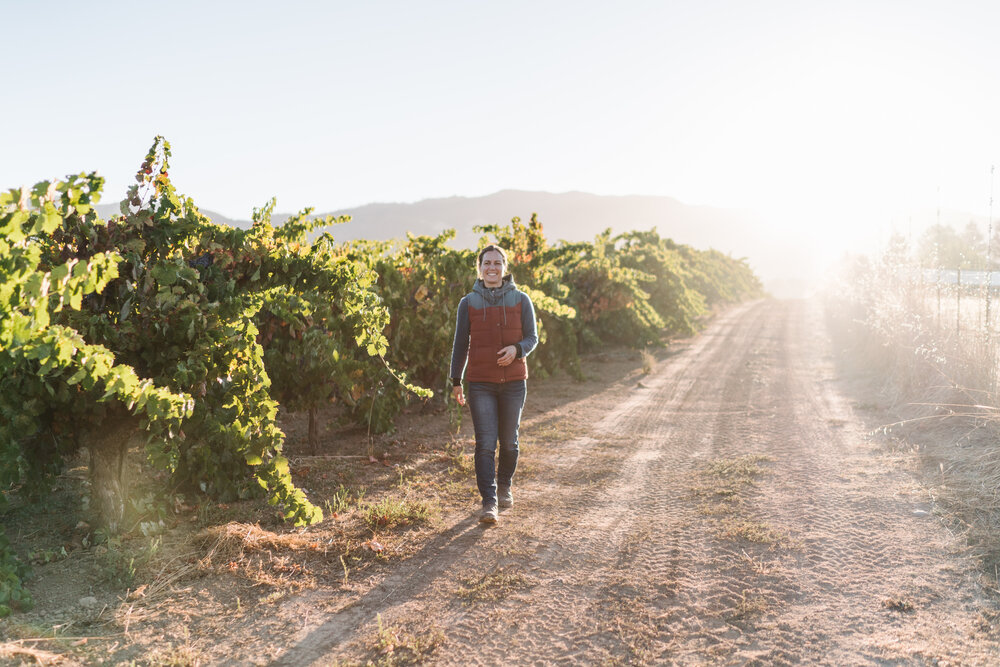
Walking among the head trained vines at Ricetti Vineyard in Mendocino County
When people ask, ‘Are you part of the natural wine movement?’ the answer doesn’t stop at ‘Yes.’ There’s much to be said about why I think natural wine is important, how my wines fit in with the flavor spectrum of natural wines, and how the natural wine flavor flavor spectrum is much broader than most people think. Conversations about belonging to this movement inevitably take on their own life and I rarely get to the main point which is that; I am a part of the natural wine movement, and so are you.
The natural wine movement is not an isolated campaign led by rogue winemakers, counter-culture somms and stylish consumers – although it does sound very sexy that way. Rather, it exists as a natural progression within a larger movement towards greater transparency and environmental responsibility in what we consume. If you've ever made a decision to buy grass fed beef, fair trade coffee, cage free eggs, craft beer, or any qualitative product, then you are already part of the natural wine movement.

Ricetti Vineyard Carignan 2017
Viticulture is agriculture and anyone who participates in our agricultural system (buys groceries) is a part of the collective history that produces and reproduces this culture. While industrialized agriculture often produces higher yields, it also produces crops that usually aren’t as nutritious or flavorful. Processed foods were developed to fill this flavor gap and ultimately industrialized agriculture and processed food developed in tandem to patch each other’s deficiencies. Organic farming began in the early 1900's as a reaction to the early beginnings of industrialized farming.
Viticulture, unfortunately, is no different. In the same way that processed foods and industrialized agricultural methods have evolved to efficiently mask flavor deficiencies and maximize production, winemakers and growers got really, really good at correcting for deficiencies in our base product. The culture and history that produced industrialized agriculture, also produced commercial, processed wine, now dubbed conventional wine. Natural winemaking is a reaction to this movement toward unsustainable output, homogeneity and rigid classification. The way I think about the natural wine movement begins in the fissure formed by divergent perspectives; control over nature versus working with nature.
This series introduces the ways we work with nature in an effort to help course-correct the California wine industry and make meaningful contributions to the broader movement toward transparency and equity in our food system. It is adapted from Martha’s talk From Grape to Glass: Exploring Natural Wine at Bloom San Francisco 2017.
Photos by Andrew Thomas Lee

